A great alternative for long suffering Morton’s neuroma patients
A peripheral nerve stimulator can be considered as an excellent solution for those people who have had who still have persistent Morton’s neuroma pain and discomfort despite many treatments with multiple modalities. We have had great success using peripheral nerve stimulators with a small number of patients who have had persistent foot pain after many surgeries and interventional procedures.
Peripheral nerve stimulation is an outpatient procedure wherein a small electrical device is implanted near a damaged nerve to interrupt pain signals. The peripheral nerves are the nerves found outside of the brain and spinal cord.
If you have had multiple failed neuroma surgeries / surgery redo’s and minimal success with ultrasound guided ablations, you may be a candidate for a peripheral nerve stimulator implant. It is a last step procedure but can be very effective in giving patients back their lives when all hope seems lost.
What is a Peripheral Nerve Stimulator?
Peripheral nerve stimulation (PNS) is an outpatient procedure wherein a very small electrical wire leading to a small electrical device is implanted near a damaged or painful nerve to interrupt pain signals.
Pain comes from signals sent out from nerves. When a nerve gets damaged, it will continually send out pain signals. Unfortunately, there is no way to remedy this problem right away, but the body doesn’t know that. The point of pain is to alert us when our body is in trouble so that we can take care of it. If you can’t fix a damaged nerve right away, the only option left is to stop the nerve from sending out signals.
When pain flares up, the device works by sending small electrical signals out to interrupt the nerve signals. While the stimulation can be used continuously, patients often find that the stimulation pain relief lasts for hours and so use the stimulation on an as needed basis. Many patients have had this procedure and achieved excellent pain relief. PNS has a very high success rate, and the results are almost immediate.
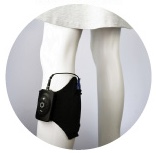
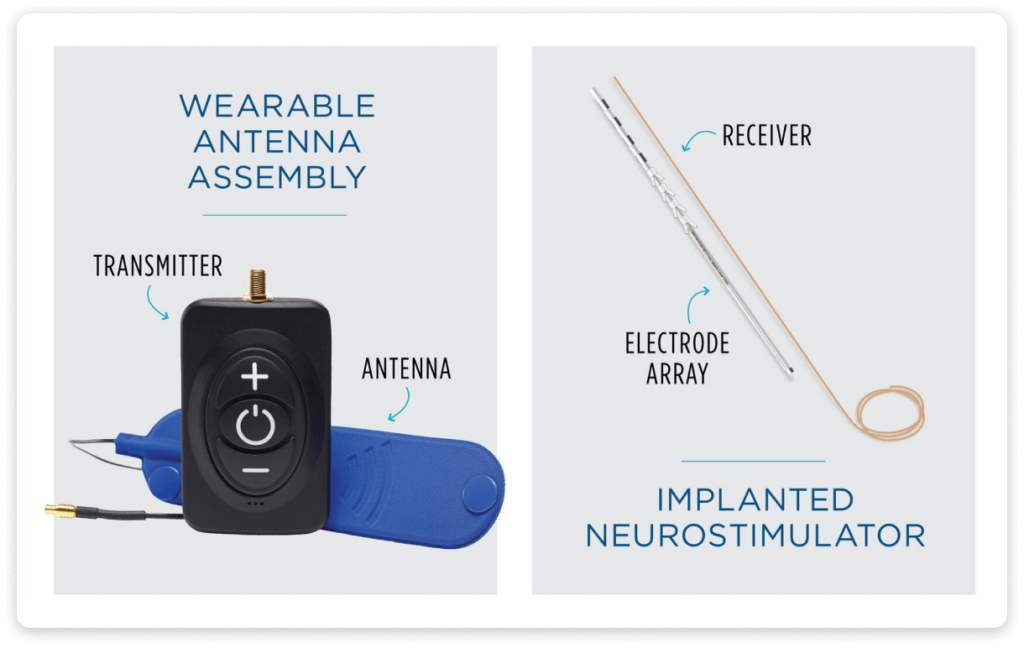
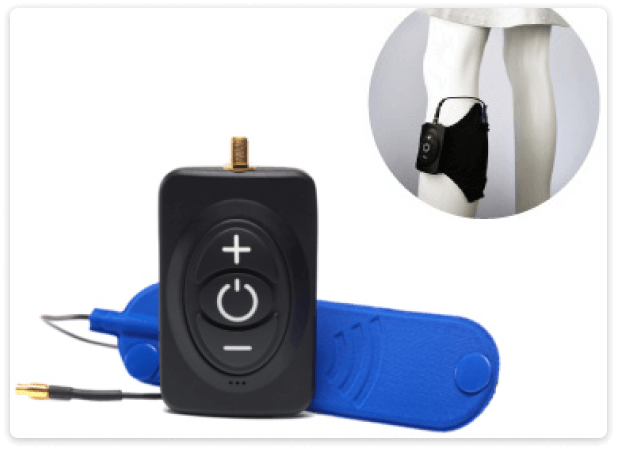
A peripheral nerve stimulator can be considered as a excellent solution for those people who have had who still have persistent pain and discomfort despite many treatments with multiple modalities. If you have had multiple failed neuroma surgeries / surgery redo’s and minimal success with ultrasound guided ablations, you may be a candidate for a peripheral nerve stimulator implant. We have had great success with a small number of patients who have had persistent foot pain, despite many surgeries and interventional procedures. It is a last step procedure but can be very effective in giving patients back their lives when all hope seems lost.
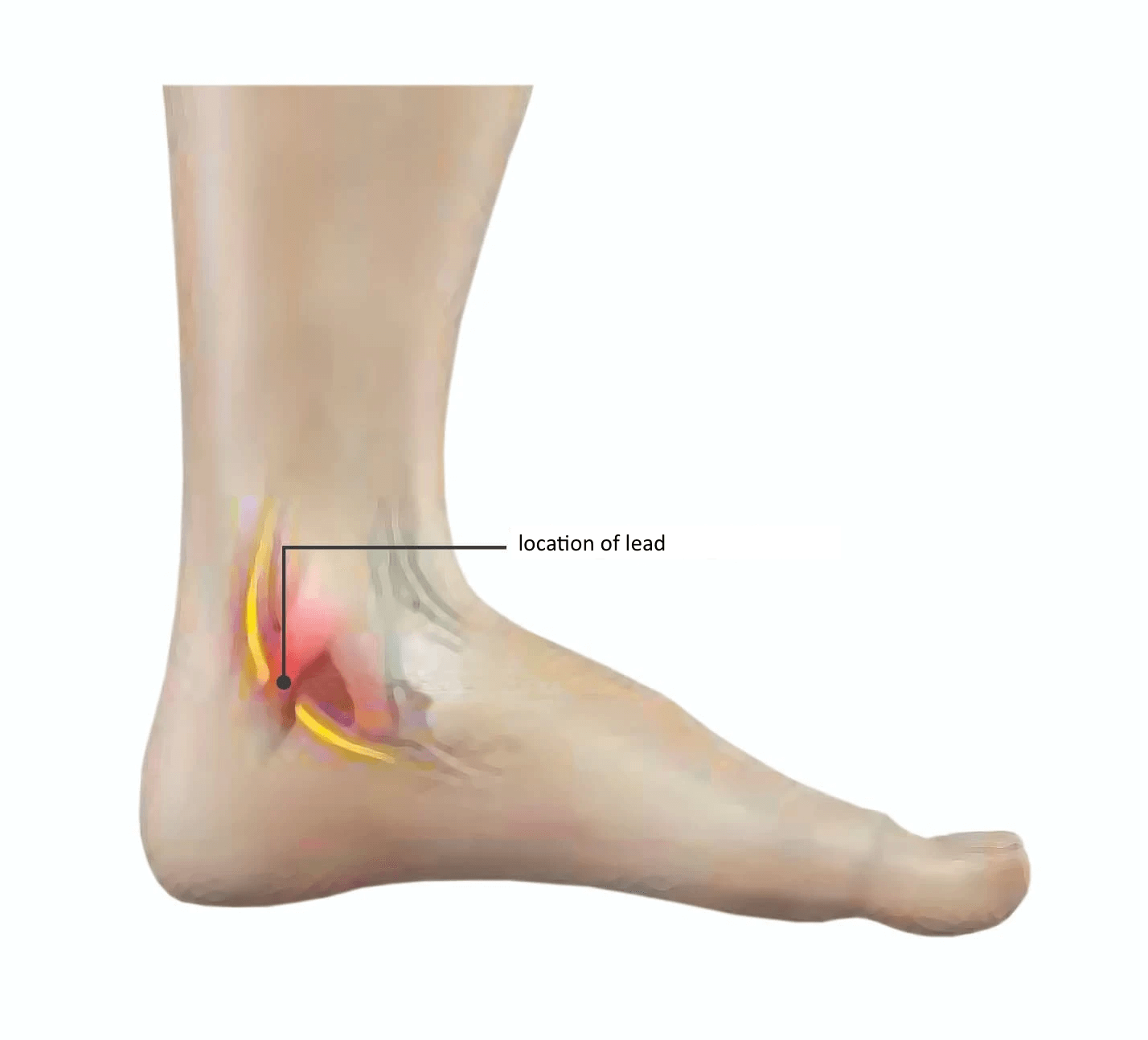
Peripheral nerve stimulator in Morton’s neuroma:
When pain flares up, the device works by sending electrical signals out to interrupt the nerve signals.
While some patients have been apprehensive at the thought of having electrical signals being released, many have had this procedure and achieved the results they needed.
Requirements
Before placing a permanent implant, your physician will perform an image guided nerve block to confirm the nerve that is causing the pain.
Peripheral Nerve Stimulator Video:
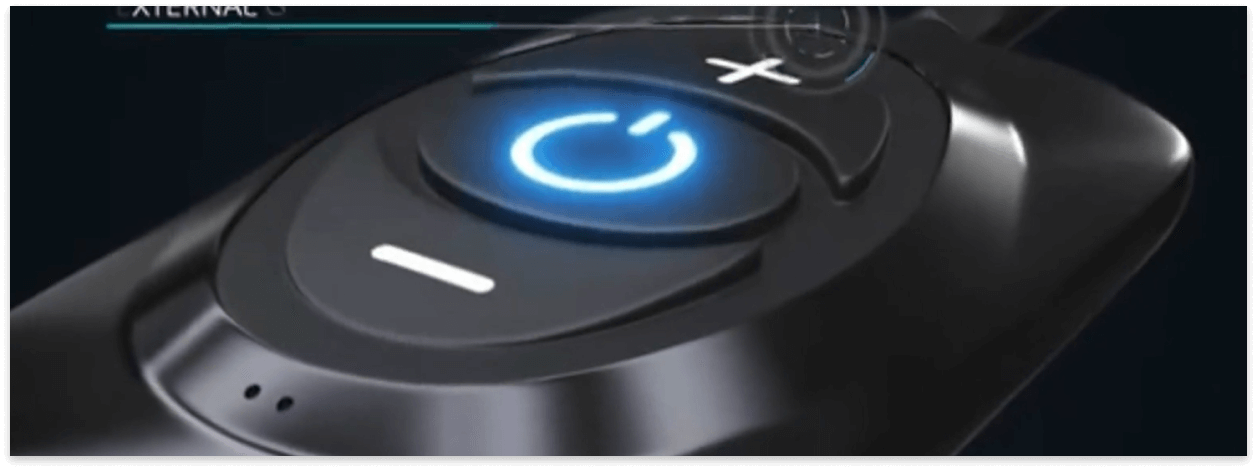
Frequently Asked Questions:
Peripheral Nerve Stimulators are revolutionary, compact stimulators that fit through a standard gauge needle which allows for placement with minimally invasive surgery, typically as an outpatient procedure.
Peripheral Nerve Stimulators are used for a variety of chronic pain conditions. Please consult your physician to see if you are a candidate.
Before a permanent Peripheral Nerve Stimulator is implanted, a patient is able to test out their pain relief through a trial procedure. A trial stimulator is percutaneously inserted for a therapy evaluation; results will be reviewed with your physician at the end of the trial period to determine if the pain relief was satisfactory.
The implanted Peripheral Nerve device has small metal electrodes near the tip. An electrical field of energy is created when power is applied to the electrodes, which aids in blocking the pain signals. The implant receives energy from the external Transmitter Assembly that includes the transmitter and antenna.
While Medicare and many commercial payers cover Peripheral Nerve Stimulators, payer policies vary and should be verified prior to treatment for limitations on diagnosis, coding or site of service requirements.
Peripheral Nerve Stimulation has been clinically proven to reduce chronic pain. Your pain may not be removed entirely, but some patients have reported complete pain relief. Results may vary.


By providing us with your information you are consenting to the collection and use of your information in accordance with our Terms of Service and Privacy Policy.